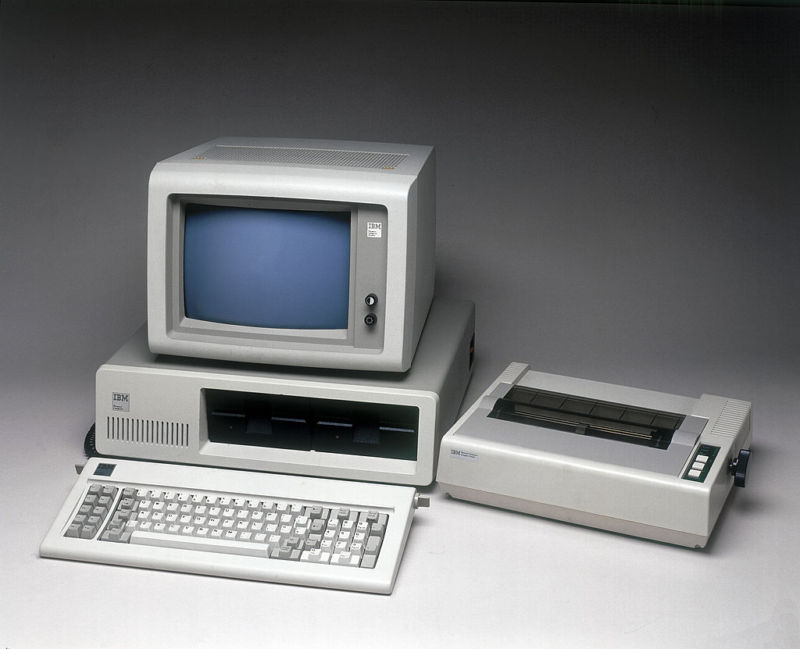86-DOS would later be bought by Microsoft and take over the computing world.

Microsoft’s MS-DOS (and its IBM-branded counterpart, PC DOS) eventually became software juggernauts, powering the vast majority of PCs throughout the ’80s and serving as the underpinnings of Windows throughout the ’90s.
But the software had humble beginnings, as we’ve detailed in our history of the IBM PC and elsewhere. It began in mid-1980 as QDOS, or “Quick and Dirty Operating System,” the work of developer Tim Paterson at a company called Seattle Computer Products (SCP). It was later renamed 86-DOS, after the Intel 8086 processor, and this was the version that Microsoft licensed and eventually purchased.
Last week, Internet Archive user f15sim discovered and uploaded a new-old version of 86-DOS to the Internet Archive. Version 0.1-C of 86-DOS is available for download here and can be run using the SIMH emulator; before this, the earliest extant version of 86-DOS was version 0.34, also uploaded by f15sim.
FURTHER READING
The complete history of the IBM PC, part two: The DOS empire strikes
This version of 86-DOS is rudimentary even by the standards of early-’80s-era DOS builds and includes just a handful of utilities, a text-based chess game, and documentation for said chess game. But as early as it is, it remains essentially recognizable as the DOS that would go on to take over the entire PC business. If you’re just interested in screenshots, some have been posted by user NTDEV on the site that used to be Twitter.Advertisement
According to the version history available on Wikipedia, this build of 86-DOS would date back to roughly August of 1980, shortly after it lost the “QDOS” moniker. By late 1980, SCP was sharing version 0.3x of the software with Microsoft, and by early 1981, it was being developed as the primary operating system of the then-secret IBM Personal Computer. By the middle of 1981, roughly a year after 86-DOS began life as QDOS, Microsoft had purchased the software outright and renamed it MS-DOS.
Microsoft and IBM continued to co-develop MS-DOS for many years; the version IBM licensed and sold on its PCs was called PC DOS, though for most of their history the two products were identical. Microsoft also retained the ability to license the software to other computer manufacturers as MS-DOS, which contributed to the rise of a market of mostly interoperable PC clones. The PC market as we know it today still more or less resembles the PC-compatible market of the mid-to-late 1980s, albeit with dramatically faster and more capable components.




